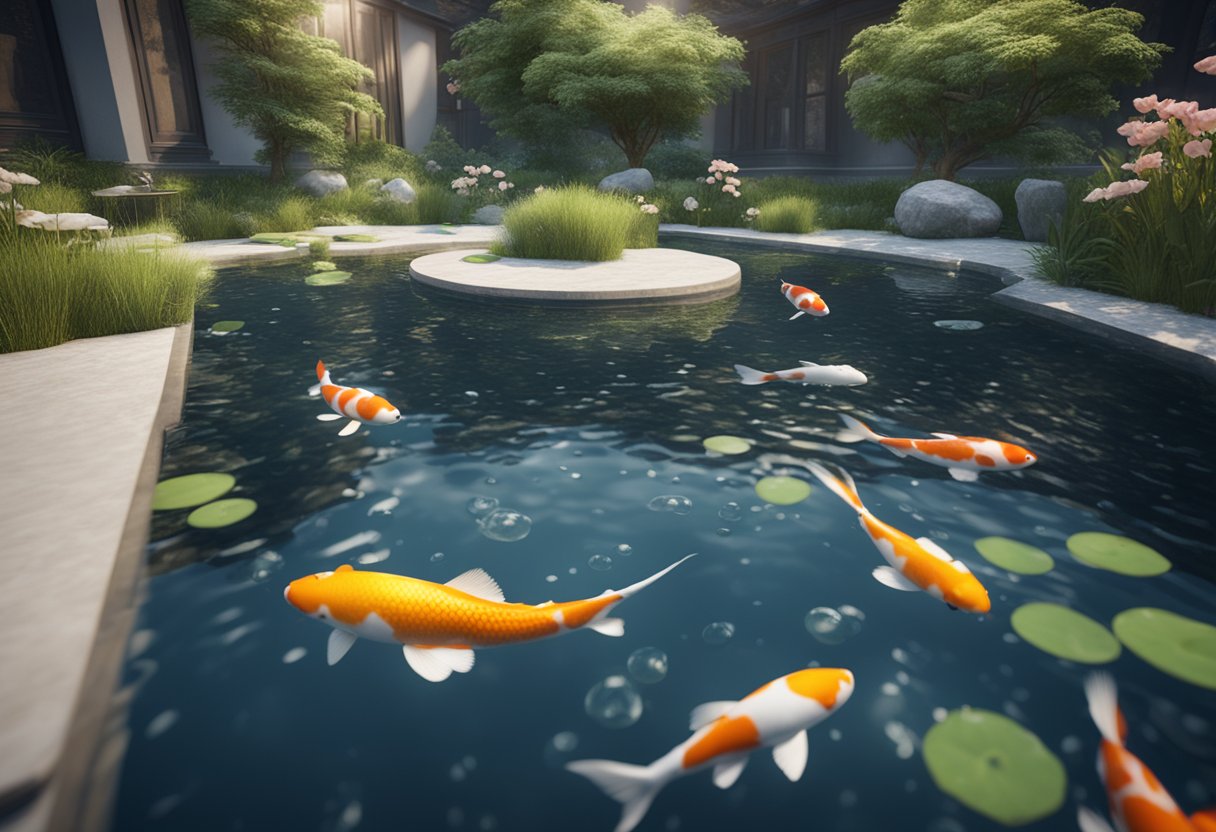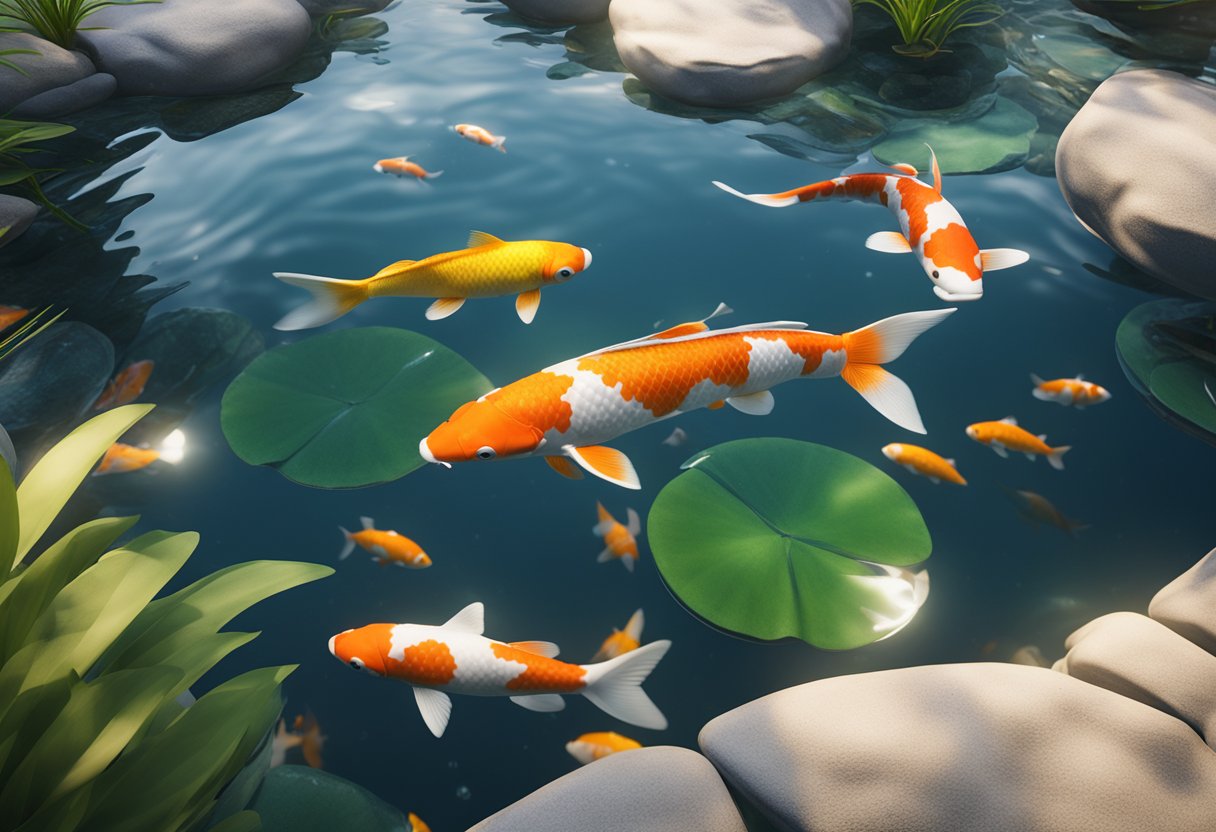Creating a healthy environment is crucial for the well-being of koi fish in ponds. One essential aspect of pond maintenance is ensuring adequate oxygenation for these beautiful aquatic creatures. This article will explore various koi oxygenation techniques and provide valuable tips to improve oxygen levels in koi ponds.
Understanding the Need for Oxygenation in Koi Ponds
Koi fish, known for their vibrant colors and graceful swimming, require adequate levels of oxygen to thrive in their ponds. Proper oxygenation is essential for ensuring their well-being and maintaining a balanced pond ecosystem. In this section, we will explore why oxygenation is crucial for koi fish and discuss the benefits it brings.
The Benefits of Oxygenation
Koi pond oxygenation systems play a vital role in enhancing fish health and promoting overall pond ecosystem stability. Here are some key benefits:
- Improved Fish Health: Adequate oxygen levels are essential for the respiratory function of koi fish. Oxygen-rich water helps prevent stress and enhances their immune system, making them less susceptible to diseases.
- Pond Ecosystem Balance: Oxygenation supports the growth and vitality of beneficial bacteria, which help break down waste and maintain water quality. It also promotes the health of aquatic plants, ensuring they can thrive and provide additional oxygen through photosynthesis.
Without sufficient oxygen, koi fish may experience a range of issues, such as reduced growth, increased susceptibility to infections, and even mortality. It is vital for pond owners to understand the consequences of oxygen deficiency and take necessary measures to prevent them.
Consequences of Oxygen Deficiency
Insufficient oxygen levels in koi ponds can have detrimental effects on fish health and pond ecosystem stability. Here are some potential consequences:
- Stress and Disease: In low oxygen conditions, koi fish become stressed, making them more susceptible to infections and diseases. Oxygen deficiency weakens their immune system, leaving them vulnerable.
- Poor Water Quality: Inadequate oxygen levels can lead to deteriorating water quality. Without proper aeration, waste and harmful gases like ammonia and carbon dioxide can accumulate, negatively impacting fish health and other organisms in the pond.
- Algae Blooms: Oxygen-deprived ponds are prone to excessive algae growth. Algae blooms can block sunlight penetration, limiting oxygen production by aquatic plants and depleting dissolved oxygen levels even further.
To maintain a healthy environment for koi fish and promote their well-being, it is essential to prioritize oxygenation in koi ponds.
| Oxygenation | Pros | Cons |
|---|---|---|
| Aerating Koi Ponds | – Increases oxygen levels – Promotes fish health – Supports natural processes |
– Requires equipment and maintenance – Noise from air pumps |
| Koi Pond Oxygenation System | – Effective oxygenation – Can be customized to pond size – Low maintenance |
– Initial investment – May require professional installation |
| Oxygenation Solutions for Koi Fish | – Provides supplemental oxygen – Enhances water movement – Adds aesthetic appeal to the pond |
– May require electricity – Regular maintenance needed |
Factors Affecting Oxygen Levels in Koi Ponds
Several factors can significantly impact the oxygen levels in your koi pond. Understanding these factors is crucial for maintaining a healthy environment for your beloved koi fish. Let’s explore the key influencers that you should consider when selecting the best oxygenation methods for your pond.





